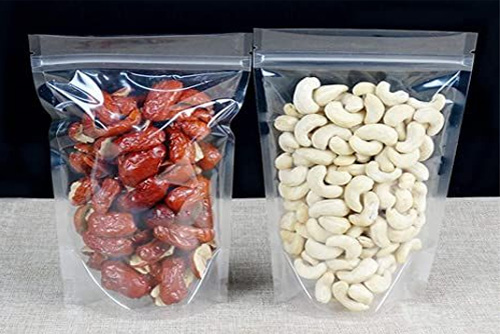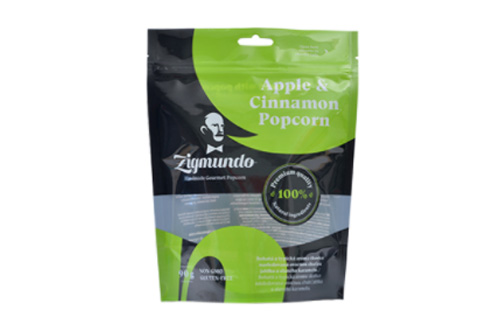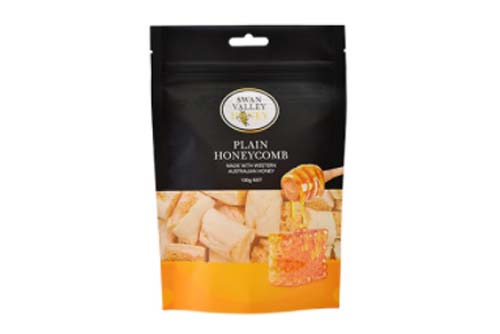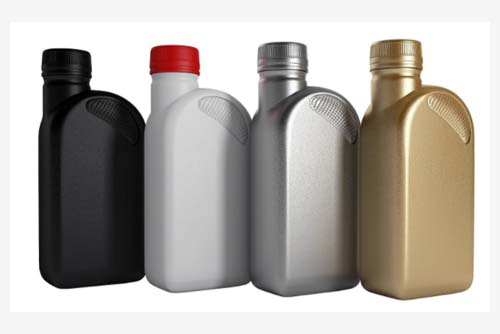
Source: Pixabay
Packaging comes in many types, and they are used across many manufacturing industries that make daily use items. On a broad scale, packaging can be classified into two main groups: Flexible and Rigid packaging. Flexible packaging is the creation of lightweight packaging solutions that are then sealed using heat or pressure to such a scale where it doesn’t allow anything in or out.
Rigid packaging, on the other hand, is the use of solid media for packaging and involves materials like tin cans, cardboards, plastic boxes, and glass containers. Examples of rigid packaging include aerosols, soda cans, and many others.
Both serve the same functions, but each has its own different ways of getting things done, although they are used for different products. The following are some of the differences between flexible and rigid packaging.
Table of Contents
Size and Weight
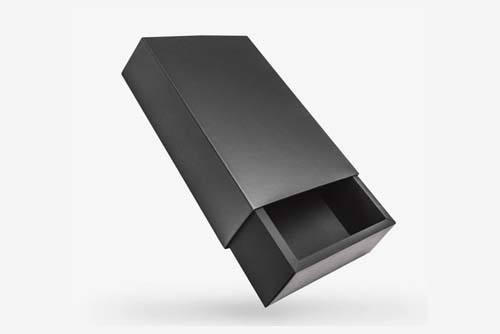
Source: Pinterest
Rigid packaging materials are bigger and heavier than flexible packaging materials. The materials used in making rigid packaging are heavier and thicker by nature, and this affects the weight of the final product in many ways. The reason why the materials are denser is to give them the necessary strength to handle the heavy products that they handle on a daily basis without coming apart.
Flexible packaging, on the other hand, is lighter and smaller, and much more flexible. They are sued for holding much smaller items. They are mostly made out of thin plastic, film, foil, and paper. They are the most common type of packing as they are used for storing daily use items like solid food and beverages.
Flexible packaging is mainly used for perishables, which are usually light, while rigid packaging is used for heavier and long lasting items.
Protection
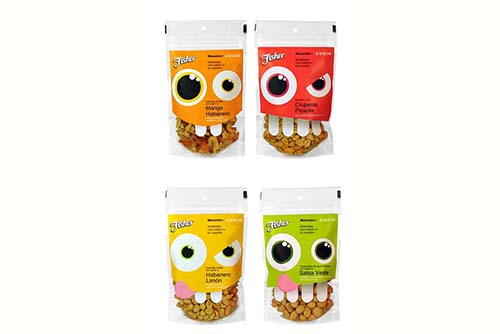
Source: Pinterest
Rigid packaging does a better job of protecting what they are holding inside because of their hard and solid exterior. The walls of rigid packaging materials are thicker and stiff, and it would take a lot for anything to break through the solid construction. It will offer protection against falls, bumps, the wind, sunlight, heat, cold, and anything that gets thrown at it.
Flexible packaging, on the other hand, is too soft and thin to offer the same level of protection. The best it can do is shield its contents from common contamination. The air tight seal is efficient in keeping pathogens and disease-causing microorganisms from coming into contact with what’s inside. Otherwise, things like direct sunlight, heat, or cold will easily affect whatever it is they are protecting.
Durability
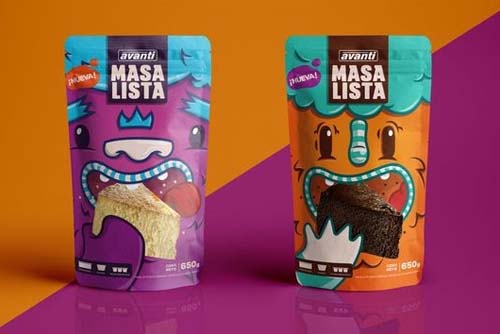
Source: Pinterest
As far as durability is concerned, flexible packaging is the king. It has an airtight mechanism that ensures that nothing comes into contact with the food or any other material inside. This is the reason why they are widely used in the food packaging industry. They have the longest shelf life of all packaging materials as they are not exposed to rust or breakages unless you choose to actively inflict damage on your own.
Rigid packaging, on the other hand, is not designed for perishable goods. It is an open kind of packaging where only things that are not prone to getting spoiled can be stored inside. It is the type of packaging you use for items that don’t get spoiled easily, such as non-food items. Storing anything perishable in rigid packaging material will only accelerate the rate of spoiling.
Flexibility

Source: Pinterest
Just as their respective names indicate, flexible and rigid packaging have opposite levels of flexibility. Flexible packaging simply bounces back no matter how you bend or squeeze it. It is basically a thin skin of polythene or foil that can take any shape and revert back to the original immediately it is released. Even in the event of a fall, there’s little to no damage that will come to the contents inside, unless they are fragile. The bottom line is that nothing outside of heat can have any adverse effect on the packaging.
Rigid packaging, on the other hand, has no form of flexibility; in some instances, it can be described as rigid. If it happens to fall, there’s a possibility it could break even when it is made of plastic due to the high tension in the structure.
Customization
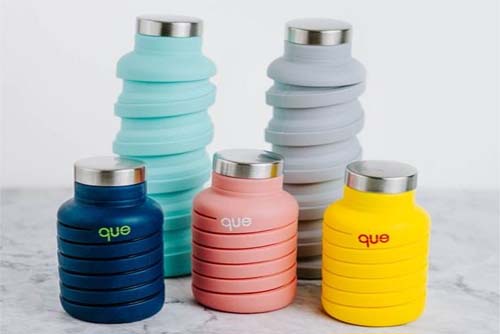
Source: Pinterest
It is easy to make adjustments to a flexible packaging material even when it is already done. It can be made into any shape, and any kind of branding can be added to it at any stage. Even the cost of branding flexible packaging is much cheaper and easier with simpler methods like direct printing being com[atible with their kind of material.
On the other hand, rigid packaging leaves very little room for customizations. The fixed and rigid nature of this type of packaging makes any form of packaging customizations very expensive to add on, especially once they have already been molded into the desired shape. The only form of customizations that can be done on this type of packaging has to be planned in advance and incorporated into the design before any kind of manufacturing is done.
Consumer Preferences
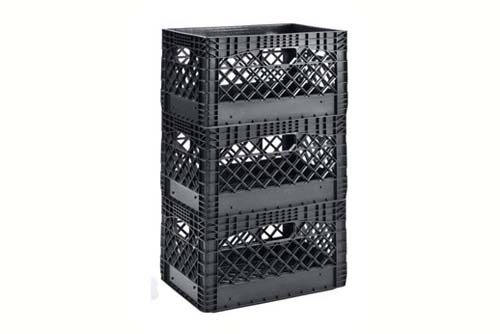
Source: Pinterest
Packaging preferences vary depending on the intended target. For most consumers who do basic shopping for daily household items, flexible packaging is the ideal option. Most of their basic items usually come stored in all types of flexible packaging that range from foils and film packaging, which have better seals, look better, are more convenient, and are flexible enough to be repurposed for other roles in the house.
Rigid packaging is more suitable for bulk buyers, the type of people who buy goods in large quantities directly from the suppliers, as that will require more robust packaging solutions that can withstand the rough transportation conditions. They are heavier and cannot be carried by hand; you’ll need a car or any other form of transportation to move them around. Rigid packaging is usually preferred by suppliers.
Environmental Impact

Source: Pinterest
Both types of packaging have negative impacts on the environment, but as far as the ease and speed of production, flexible packaging has a bigger impact on the environment as it is produced in large numbers and used by more people compared to rigid packaging. However, the cost of recycling flexible packaging material is cheaper than rigid packaging. More of flexible packaging materials can be compressed as they occupy less space, which means it is easier to get rid of them from the environment.
On the other hand, Rigid packaging is hard to deal with; it may not be as widespread, but once they find their way into the ecosystem, recycling them is expensive and the fact that they occupy more space makes crushing them to a smaller site another extra job.
The pressure to find solutions that will counter the effects of pollution has pushed many manufacturers into changing their practices in order to attain a greener future.
Conclusion
The choice of packaging you decide to go with comes down to your preferences. Flexible packaging is more convenient, chapter and easy to handle compared to rigid packaging, but both have their own strengths and weaknesses. Go for what can address your immediate needs.
For more information on what flexible and rigid packaging is all about, visit our website and have all your questions and concerns addressed.

